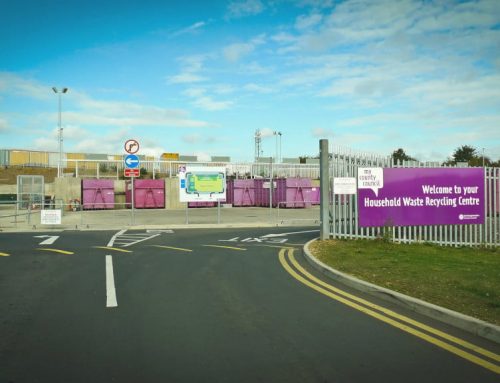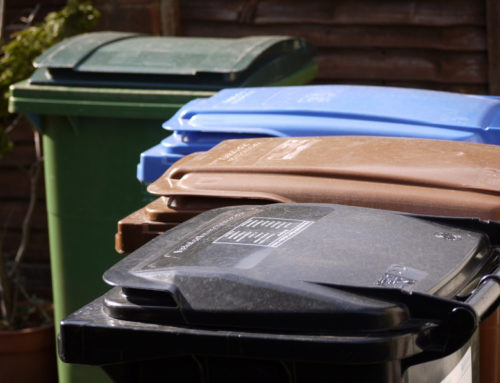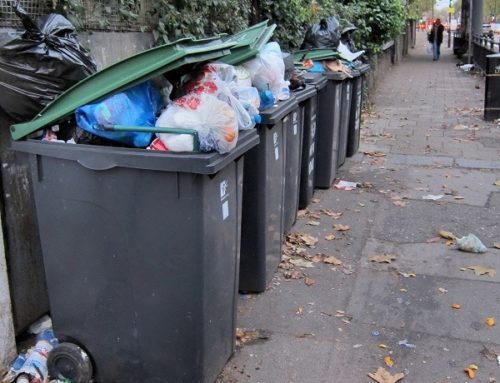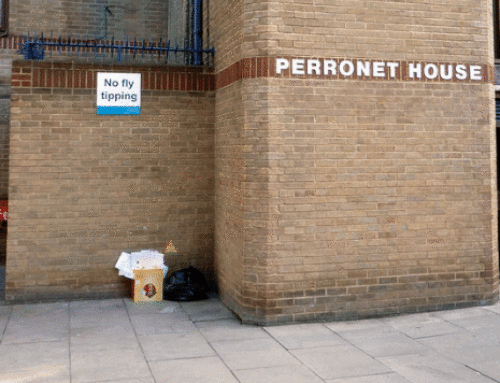by Maxine von Eye and Tanguy Tomes
8 minute read
When controversial three-weekly bin collections first appeared on the scene, it posed an interesting problem for waste managers. How do you predict the effect that a reduction in collection frequency will have when there’s no pool of past experience into which you can dip?
In the absence of data, how good were the predictions on which authorities decided to go three weekly? Were the benefits over- or under-estimated? And as real data starts to emerge, does it make wider adoption of less frequent collections more or less likely? We’ll attempt to answer these questions in the course of this article.
Bench test
For those less deeply immersed in the business of local authority waste collections, it may be surprising to learn just how much sophisticated benchmarking and detailed data analysis are used to decide on any changes to a council’s waste collection system. Eunomia has, for example, developed a tool to help councils to understand the difference that a change to their collection system would make to their recycling performance, based on careful selection of similar authorities with similar collection systems.
The arrival of a new service model creates an obvious problem – how do you benchmark performance when there are no comparable authorities that have implemented the collection system for long enough to produce much data?
Of course, the experience of the transition from weekly to fortnightly residual waste collections provided evidence that constraining effective weekly residual waste capacity would lead to an increase in recycling, so long as appropriate services were in place – but extrapolating how much benefit would accrue from going three-weekly is not straightforward. Of course, in order to gain acceptance for such a controversial change, authorities that have adopted three-weekly collections needed to make estimates of the benefits that would be achieved, but not all have published their expectations.
Predictable consequences?
Now that a little time has elapsed, more data is available and we can start to check whether reducing collection frequency has achieved the expected results. Aside from some national data that is of limited value, data on actual costs and savings have not been made publicly available, so our analysis only considers predictions regarding recycling performance and waste yields. With sufficiently sophisticated modelling, however, it is possible to estimate the resource efficiencies and cost savings that less frequent collections allow.
The three-weekly authorities for which the most detailed information is available are Fife, Conwy and Gwynedd. Unsurprisingly, before implementing three-weekly collections, each of these authorities predicted an improvement in performance. However, some predictions were closer to the mark than others.
From September 2015, Fife carried out two yearlong trials of reduced residual waste collection frequency, each covering 2,000 households. As the collection system is a little complex, the different service models in use during the trial are shown in the pictogram below, where “2W” means fortnightly, “3W” means three-weekly and “4W” means four-weekly.

The facts of Fife: two different collection systems were trialled, while other areas received the baseline service. Image: Eunomia.
According to a January 2018 committee report, the business case for the trial was based on a 6 percentage point increase in recycling; but in the three-weekly trial area, the report says that only a 0.3 point increase was achieved. Another report (with slightly different results) says that outside the trial area recycling rates fell by 0.7 percentage points. One could therefore argue that the effective increase was more than 0.3 points – but still far less than 6. A number of reasons for the lower than predicted improvement can be identified.
Residents in Fife already had a relatively restricted residual service with fortnightly collections from 140 litre bins. The change trialled in Fife involved reducing from 70 litres of effective weekly residual capacity to less than 50 litres in the trial areas – an uncommonly small amount of bin space. Many authorities that go three-weekly will be transitioning from 120 litres of effective capacity per week to 80.
The trial areas were also quite high performing to begin with – both had baseline recycling rates in excess of 60% (higher than Fife’s average) making them challenging areas in which to achieve substantial improvements.

Three weekly bin collections did not stand up to scrutiny in Fife. Photo: Jim Bain (CC BY-SA 2.0), via Wikimedia Commons.
Fife also did not offer a frequent separate food waste collection service; instead it offered a mixed organics collection. While that offers a good deal of capacity for food waste, even over the winter when collections are four-weekly, food waste captures from such systems are generally lower than for weekly separate collections. That said, however, English authorities such as Rochdale, Bury and Oldham have also introduced three weekly collections alongside a fortnightly mixed food and garden organics service and seen an increase in food waste yields. Perhaps in Fife the fact that the winter reduction in collection frequency occurred in the formative early months of the trial discouraged participation.
Exceedingly good
In Wales, both Conwy and Gwynedd have produced estimates and data on a switch from fortnightly to three-weekly residual collections using 240 litre bins. Conwy’s post-change analysis on three-weekly collections yielded two quarters of data, and after considerable debate the council ultimately opted for four-weekly collections. However, the three weekly system achieved around double the predicted benefit in respect of:
- decreases in residual yields;
- increases in food waste yields; and
- garden waste yields.
Dry recycling yields increased by less than expected: 4 kg per household per year (hh/yr), against a prediction of 10 kg/hh/yr. But the better than anticipated results in other waste streams meant that the recycling rate improved by 8 percentage points after 6 months, when it had only been predicted to increase by 4 percentage points after 12 months.
Gwynedd was one of the first adopters of three-weekly residual collections, having begun the roll out as early as 2014. It therefore has a more complete post-change data set than most. Although its predictions overestimated the increase in collected food waste, they underestimated the decrease in landfill tonnage, with an observed reduction of over 3,000 tonnes per year.
Overall, Gwynedd predicted that its recycling rate would increase by 5.2 percentage points. In 2013/14, Gwynedd’s recycling rate (calculated in line with Welsh Government targets) was 54.0%. By 2015/16, when the switch to three weekly collections had been fully rolled out, the reported recycling rate had risen to 58.7%, and in 2016/17 it increased further to 61.1%. The total increase has therefore been 7.1 percentage points, significantly more than expected.
Another ten or so authorities have either implemented three-weekly collections or announced that they will do so, but in no other cases do we have both detailed predictions and clearly reported outcomes. Rochdale, for example, predicted the increase in recycling that was anticipated from going three-weekly (39% in 2015/16, 45% in 2016/17), but did not set out the underlying waste flows. In practice, they achieved 42% in 2015/16 and 47% in 2016/17, exceeding expectations.
Diversion tactics
The available data shows that authorities that have moved to three-weekly residual collections have achieved an average 21% reduction in residual yields. This reduction in residual waste is largely accounted for by corresponding increases in dry recycling and food waste (or mixed organics) yields. Dry recycling increased by an average of 14%. Similarly, food waste yields increased by over a third. Excluding Bury, Oldham, and Rochdale (which operate mixed organics collections), food waste yields increased by an average of 39%.
In addition, every three-weekly authority for which full year data is available has seen a reduction in the overall tonnage of waste collected at the kerbside – on average, a decrease of 4%. It is difficult to determine quite where the “missing” waste has gone – whether some of it has genuinely been prevented, or whether it has been diverted to HWRCs or elsewhere.
One concern might be that constraining residual waste capacity might lead householders to put non-recyclable material in the dry recycling – especially in areas that do not use a kerbside sort system in which operatives can remove non-target material. We have not analysed this in detail, but the cases of Bury, Oldham and Rochdale do not suggest this is necessarily a problem. None of these authorities’ 2016/17 reject rates has increased by more than 0.6 percentage points over 2014/15, and Oldham’s has gone down. Another concern would be that more waste might be fly-tipped, but there is no evidence that there is more such crime in three-weekly areas than elsewhere, or a greater increase in incidents.
As the data on three-weekly collections starts to become more robust, it appears that in most cases the expectation that it would meaningfully improve recycling performance and reduce residual waste has been borne out. The notable exception to this pattern is Fife, but there are a number of factors that might explain why the results of their trial diverge from the wider pattern. In fact, most councils have been somewhat conservative in their projections; as the evidence builds to show the scale of the savings and performance improvements, it is reasonable to expect that an increasing number of councils will opt for less frequent residual waste collections.






Leave A Comment